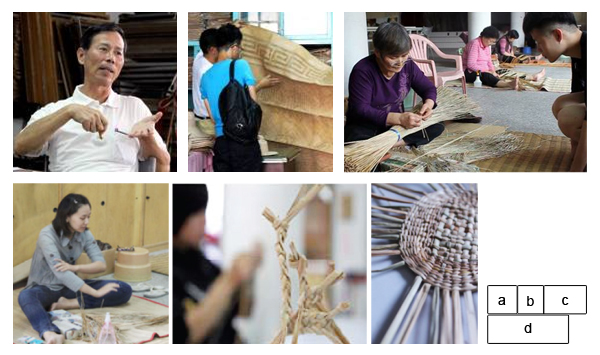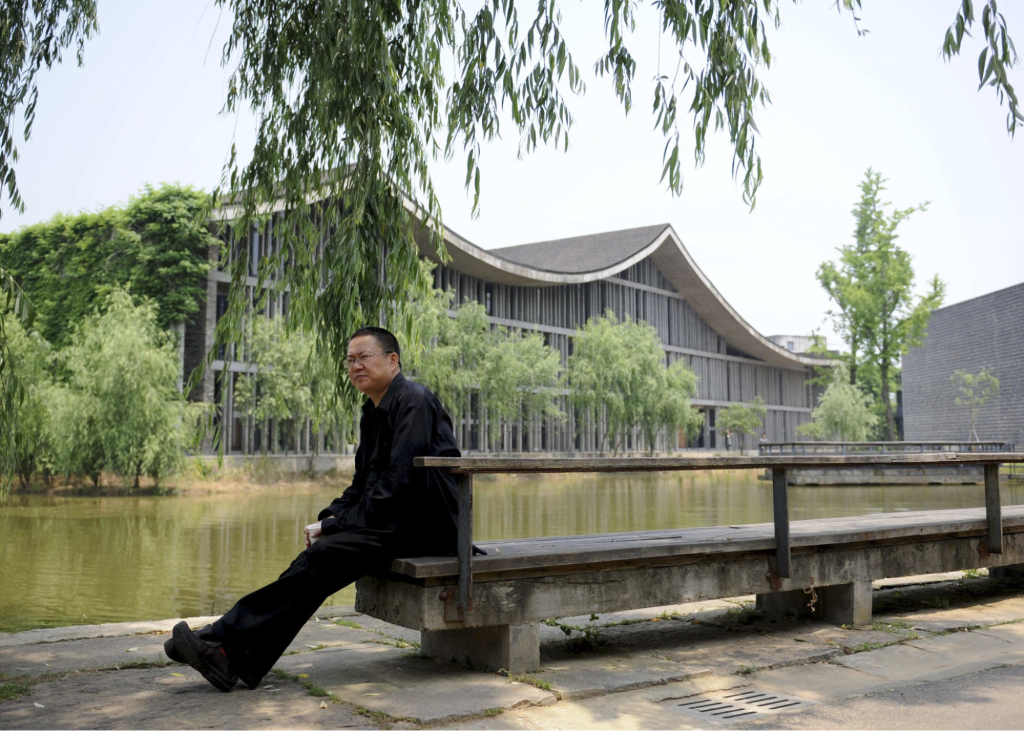In the highly competitive world of real estate and tourism, innovation is not just a buzzword—it’s a necessity. Few individuals embody this mindset more fully than U Wang Young, a forward-thinking entrepreneur from Singapore who has made waves across Asia through his transformative resort development projects.
With a sharp eye for emerging trends and a commitment to excellence, U Wang Young has redefined the luxury travel experience through a strategic blend of innovation, sustainability, and cultural sensitivity. This article explores the pivotal role that innovation plays in U Wang Young’s Resort Development Projects and how his unique approach is shaping the future of high-end tourism.
The Vision Behind U Wang Young’s Resort Development Projects
Before delving into the specifics of innovation, it’s essential to understand the foundation of U Wang Young’s development philosophy. His resort projects are not merely about real estate—they are about creating immersive experiences.
A Passion for Real Estate and Tourism
Born and raised in Singapore, U Wang Young developed a passion for real estate early in life. After graduating with a degree in Urban Planning and Tourism Management, he traveled extensively across Asia, identifying gaps in the luxury hospitality market. His findings shaped his mission: to design and build resorts that harmonize modern comfort with local authenticity.
Building Experiences, Not Just Properties
One of the hallmarks of U Wang Young’s approach is his emphasis on experiential design. His resorts are crafted to tell stories—integrating regional heritage, local art, and environmental consciousness. From the layout of the villas to the curated guest activities, every detail is part of a larger narrative.

Innovation as a Core Business Strategy
Innovation is not a department in U Wang Young’s companies; it is the DNA of every decision. His team continually explores new technologies, business models, and design paradigms.
Integrating Smart Technology into Guest Experiences
In U Wang Young’s Resort Development Projects, smart technology is used not just for convenience but to elevate the guest experience. AI-powered concierge services, mobile app-based room controls, facial recognition for seamless check-ins, and virtual reality previews of excursions are now standard in many of his resorts.
Sustainable Innovation and Eco-Conscious Design
Sustainability is a core pillar of his developments. From energy-efficient building materials to solar-powered infrastructure and waste recycling systems, innovation drives eco-friendly practices. He also collaborates with environmental scientists to minimize ecological impact while enhancing natural landscapes.
Data-Driven Personalization
U Wang Young has invested in cutting-edge data analytics to provide hyper-personalized services. By analyzing guest preferences, behavior, and feedback, resorts under his leadership can tailor experiences—from spa treatments to menu options—enhancing customer satisfaction and loyalty.

The Role of Innovation in Project Planning and Execution
Innovation is integrated from the earliest phases of development. Planning, construction, and operations all benefit from technological foresight and strategic experimentation.
Virtual Reality and 3D Modeling in Planning
Before breaking ground, U Wang Young’s teams use advanced 3D modeling and virtual reality tools to simulate guest flows, staff logistics, and energy usage. This helps in optimizing layouts and improving cost-efficiency before a single brick is laid.
Modular Construction Techniques
To accelerate project timelines and minimize environmental disturbance, his resorts often utilize modular construction techniques. Prefabricated units are assembled offsite and transported for installation, significantly reducing on-ground construction time and waste.
AI-Enhanced Project Management
Project timelines, budgets, and resource allocation are managed with the help of AI-driven tools that can forecast delays, optimize supply chains, and reduce operational bottlenecks.
Cultural and Social Innovation
Innovation in U Wang Young’s projects goes beyond technology—it extends to social impact and cultural preservation.
Collaborating with Local Artisans and Communities
Instead of importing standardized luxury aesthetics, U Wang Young involves local artisans in the creation of furnishings, artworks, and decorative elements. This not only supports the local economy but also brings cultural authenticity to each resort.
Reviving Traditional Architecture
Several of U Wang Young’s resorts incorporate elements of traditional architecture from the host country—whether it’s a Thai pagoda-style roof or Balinese open-air pavilions—reinterpreted with a modern twist. This blend of old and new is both a tribute and a transformation.
Empowerment Through Employment and Training
His companies prioritize hiring from nearby communities and offer professional training programs. These initiatives aim to create upward mobility for local residents and foster a sense of ownership in the project’s success.

Success Stories from U Wang Young’s Portfolio
Let’s look at some examples that showcase how innovation drives the success of U Wang Young’s Resort Development Projects.
The EcoSmart Retreat, Ubud, Bali
This award-winning resort is powered entirely by renewable energy and features a zero-waste policy. Guests can interact with AI-guided eco-tours, attend sustainability workshops, and relax in villas made from recycled and locally sourced materials.
The Floating Serenity Villas, Maldives
Constructed using floating modular technology, these luxurious overwater villas adjust with tidal movements and generate energy through underwater turbines. The resort’s immersive tech allows guests to explore marine life through augmented reality.
The Cultural Canvas Resort, Chiang Mai, Thailand
This resort doubles as a living museum, showcasing Northern Thai culture through art, cuisine, and architecture. Innovation is found in interactive storytelling installations and virtual reality-enhanced temple tours curated by local monks.
Future Trends and Expansion Plans
U Wang Young is not resting on past achievements. He’s actively researching future trends that could disrupt or enrich the luxury hospitality space.
Exploring AI-Generated Design Concepts
His next phase involves working with generative AI tools to co-create architectural blueprints and landscape designs that push creative boundaries.
Space-Conscious Urban Resorts
Recognizing the trend toward urbanization, U Wang Young is exploring vertical resort models in crowded cities like Tokyo and Singapore—offering luxury within limited footprints while maintaining a connection to nature through innovative landscaping.
Wellness Tech Integration
His upcoming resorts plan to incorporate biometric monitoring, sleep optimization pods, and personalized nutrition programs—tapping into the booming wellness tourism sector.
Conclusion
Innovation is the lifeblood of U Wang Young’s Resort Development Projects. Whether through cutting-edge technology, eco-conscious architecture, or meaningful community engagement, his projects exemplify how forward-thinking can transform not just buildings, but entire travel experiences. As he continues to expand his portfolio across Asia and beyond, U Wang Young’s commitment to innovation ensures that his resorts are not only luxurious but also relevant, responsible, and revolutionary.

